Excursion: Ecuador, February 2018
Tourism Development Studies
On February 5th the TDS master course consisting of 29 students for the first time went on excursion to Ecuador. The field trip, which offered an educational and adventurous program ending on February 15th, was accompanied by Prof. Dr. Gronau and Astrid Keller.
The first of several stops was Quito, the capital of Ecuador. Here, on the first full day of the excursion we received an impression of the local life as well as different touristic sights by being guided to different locations by bus. In the morning we visited a local market offering a great variety of local fruits, flowers, drinks and other products, where we gained a nice insight on the local life. Afterwards we continued with a city tour visiting important sights in Quito. A highlight was the visit of the “Basilica del Voto Nacional”, where we could climb up the bell tower and enjoy an impressing view over the city.
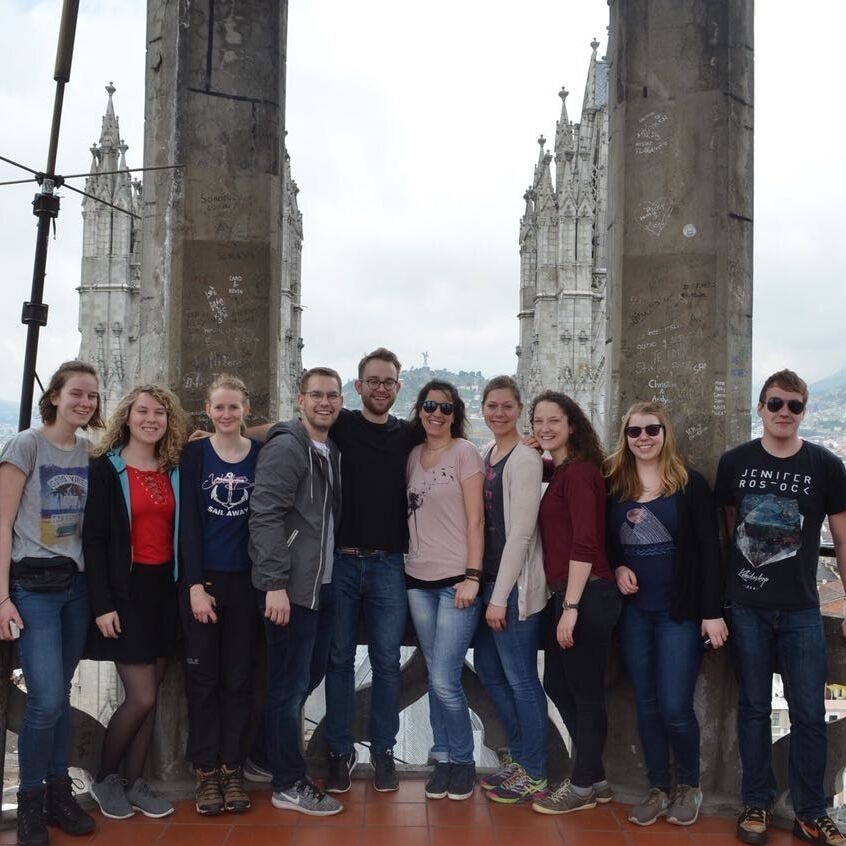
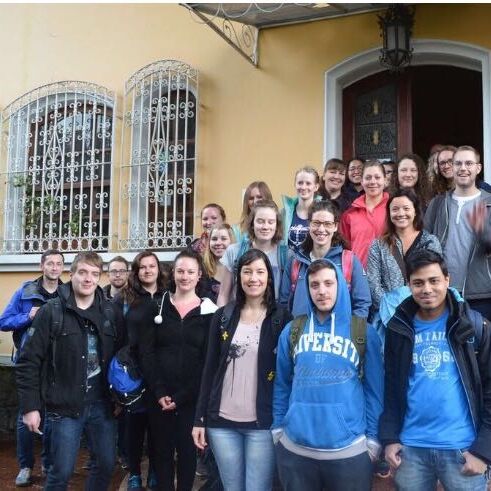
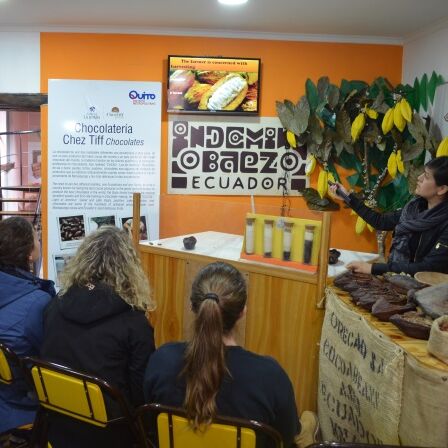
This was followed by another interesting visit at the “Sinsoluka”, which is a volunteer project helping children coming from bad social conditions to gain access regarding education and a safer environment. The last stop on the city tour was the street “La Ronda”, where we learned about traditional crafts in different artisanal shops, which are partly funded by Quito’s tourism organization. Finally, we had an appointment at “Colorful Ecuador Travels”, a local tour operator, which moreover operates a Spanish school as well as volunteering platforms. There we were explained about the development of the company and the different volunteer projects of the tourism sector.
The following day we again went by bus to visit the “Cotopaxi National Park”, where we had the possibility to climb the active volcano “Cotopaxi” up to 4864 meters to reach the glacier line, which was a big challenge because of the altitude sickness. On the way down we did a bike tour of ca. 5 kilometers enjoying the beautiful nature of the national park and discovering alpacas and other animals. Going on by bus we stopped by at the “Limpiopungo Lagoon” to enjoy a great view and afterwards finished the day in our accommodation “Hosteria Papagayo” close to the national park.
The next day started with a visit of a local market in Saquisili, where we bought some groceries for an indigenous family, which we visited afterwards in order to gain an insight into the traditional way of living of these families. The family lives in the country side in traditional huts without running water and many guinea pigs, guaranteeing the main part of their income. Moreover, we stopped at a canyon on our way to the “Quilotoa Lagoon”. The Lagoon is located in a dormant volcano and offers impressing views. Here, we could go down the crater a long, steep and sandy way to reach the lagoon and had the possibility to take mule for the difficult way up. Interesting was the village on the top of the lagoon, which is under construction to serve tourism needs, but still needs further development by the tourism organization. Then, we went on to Chugchilan, where we met a representative of the local tourist information office, who told us about the local tourism development and showed us a local hostel and hotel.
After spending the night in Baños we had a day off there to choose from several activities, as the destination is well known among tourists for adventure sports such as river rafting, zip lining or alike. In the afternoon we set out to Otavalo arriving late in the evening.
The next morning, we started early to visit two of the local markets in Otavalo. First was the animal market, where locals are offering a lot of different animals. Second was the local textile market, which is one of the biggest indigenous textile markets in South America. Later we drove to Cotacachi to explore the local leather products, as the village is famous for its leather production and therefore attracts many tourists.
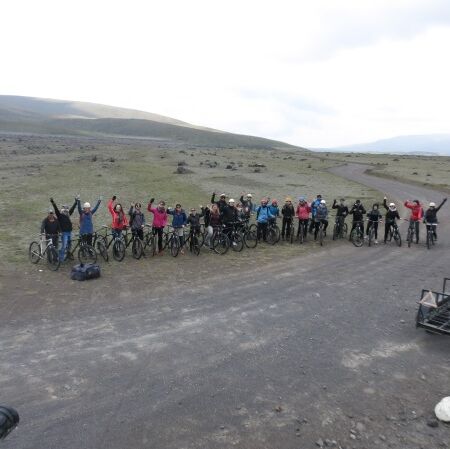
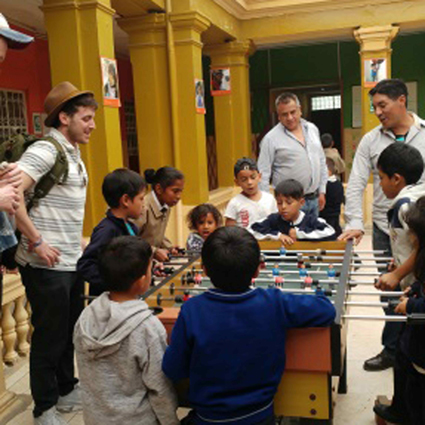
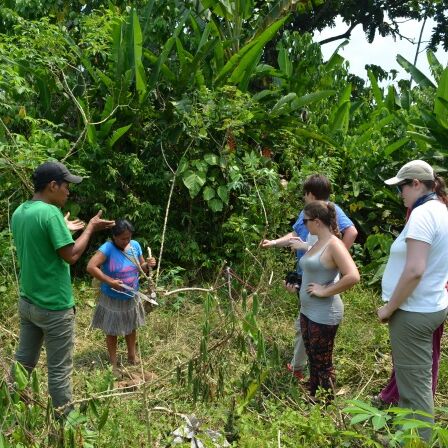
The next stop was the “Condor Park” close to the village, where we could enjoy a flight show of some birds such as eagles and watch several other endangered birds. We finished the day in a textile company in Otavalo learning about the partly protracted processes of textile production.
The day after we left Otavalo making a stopover at the crater “Pululahua”, where a village was built despite of the danger due to eruptions inside a volcanic crater because of the fertile soil and good climate conditions.
The next stop was the “Mitad del Mundo”, where we could visit two touristic attractions around the zero latitude, the firstly by the French calculated equator line and the later GPS-calculated one. While the first one seemed to be more likely to serve mass tourism, the second one was smaller and gave insights to the way of living of indigenous people as well as their habits and traditions. Later in the afternoon we visited friends of Astrid living in the highlands of Quito to have a barbecue and kind of experience a traditional Ecuadorian carnival by spraying foam at each other in the garden. At midnight we started by bus to head to the jungle.
To reach our lodge, which is located around 30 kilometers inside the “Cuyabeno National Park” in the Amazon region, we had to go around two hours by canoe already discovering the impressing wildlife. After arriving at the lodge, we later went in three groups by canoe again to have a swim and enjoy the sunset in a lagoon of the Amazon.
The evening program for the first and second day was the same but varying between the three groups. Therefore, some groups on the first day went on a night hike through the jungle while others drove across the Amazon to discover caimans, snakes or alike.
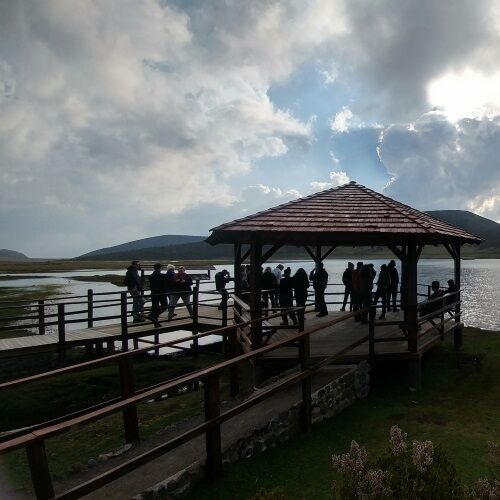
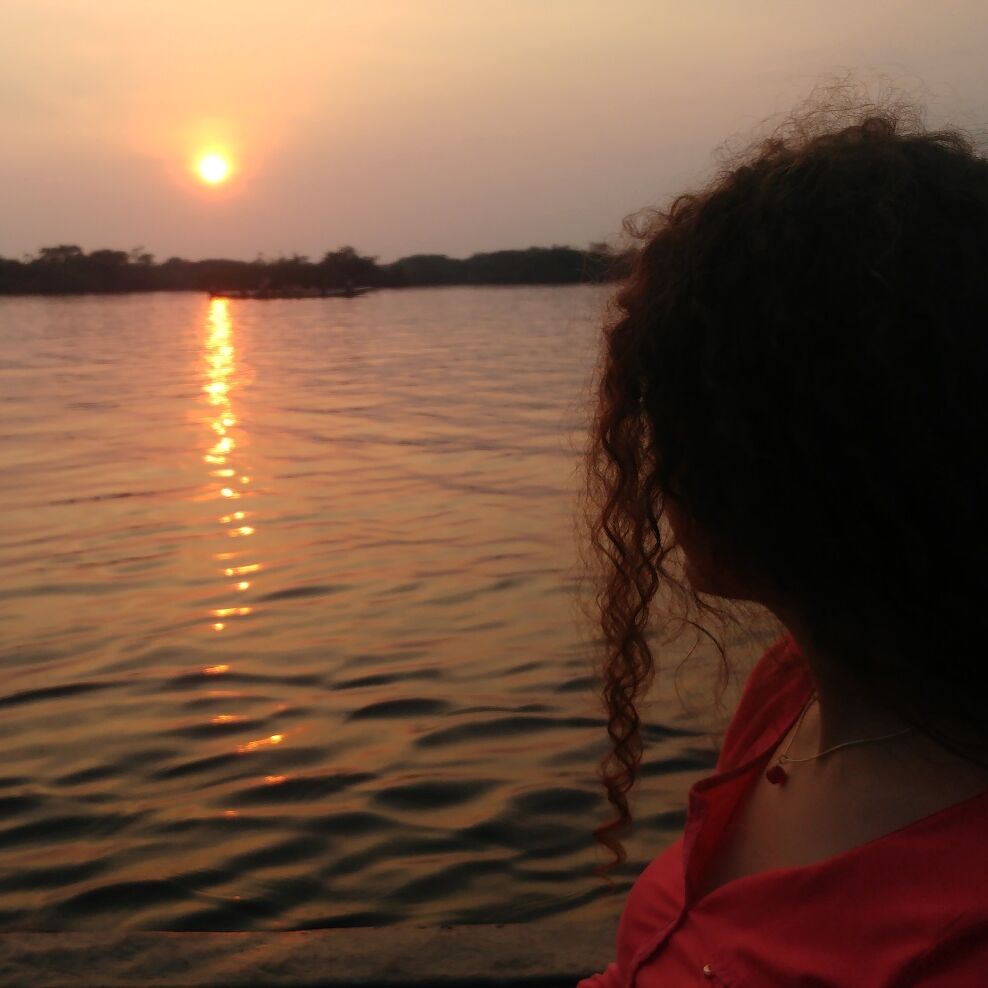
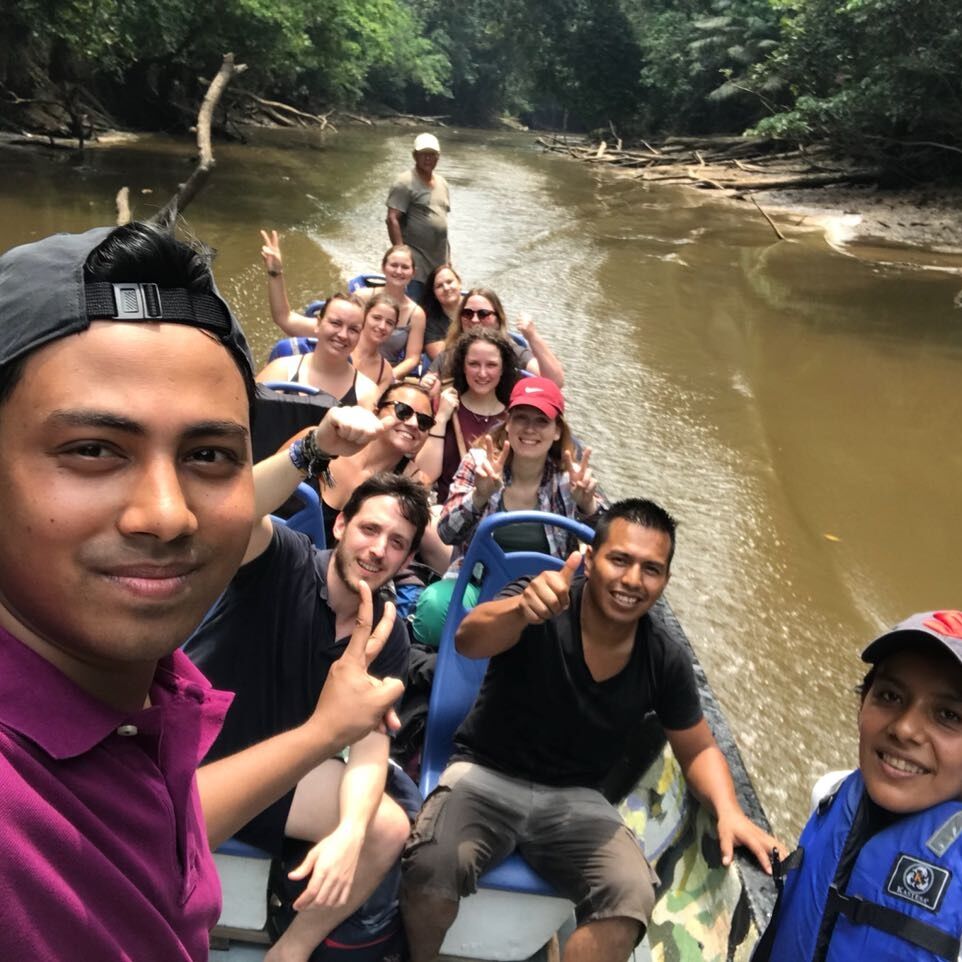
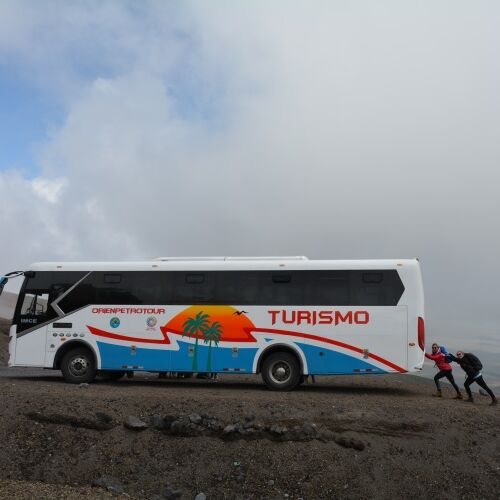
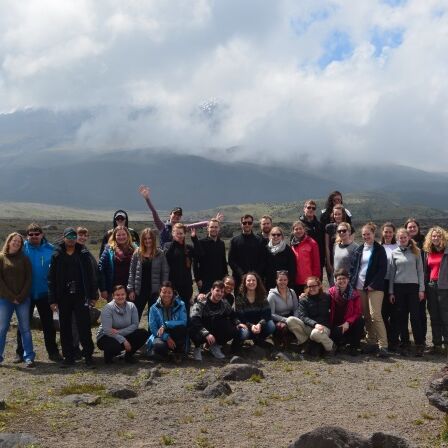
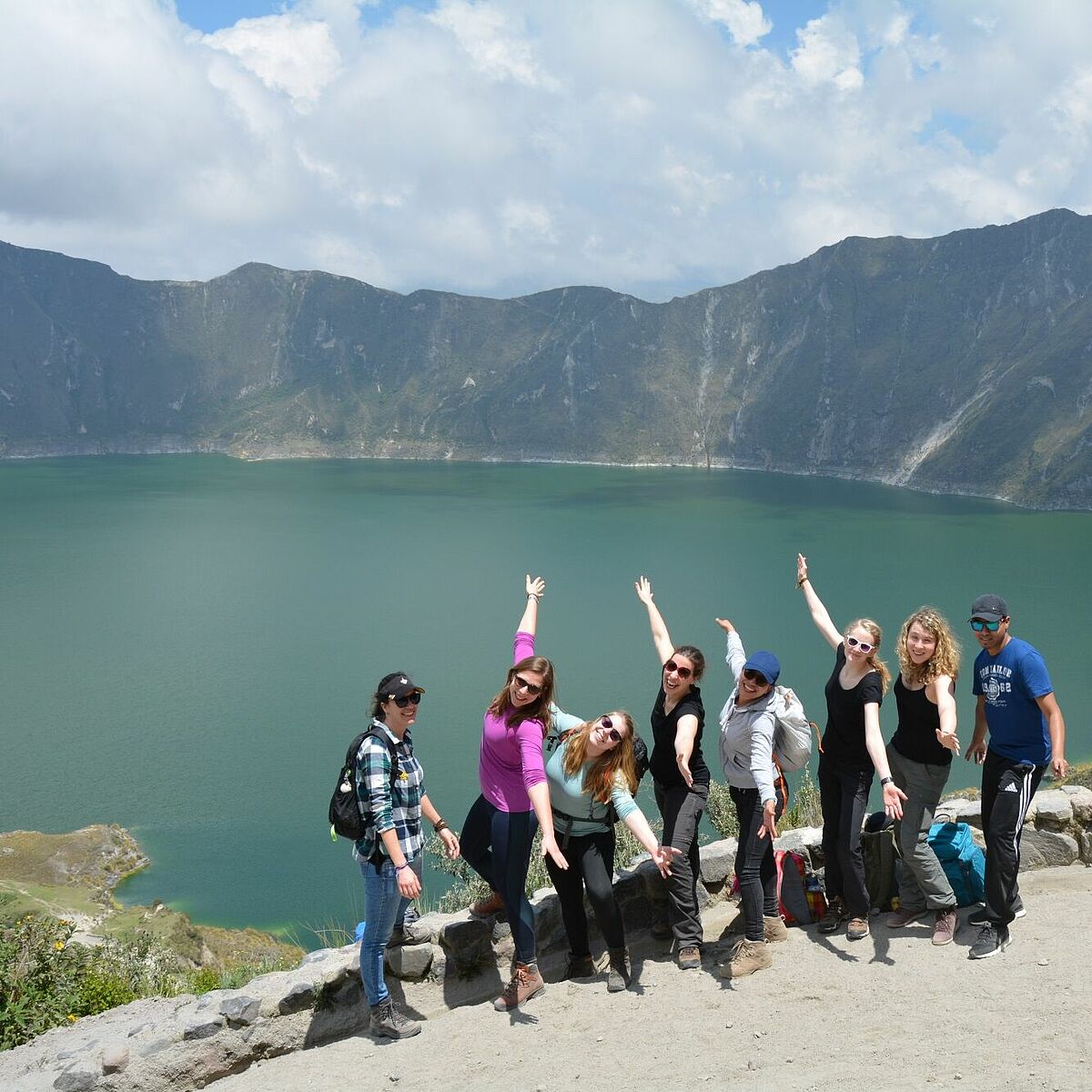
The next day in the jungle started with splitting up in groups again. One group went to a local community to meet up with an inhabitant named Gloria. There they prepared some traditional food together and talked about the living conditions in the communities as well as the partnerships with the local lodges and the impact of tourism on the communities, which is a source of income and therefore preventing them from selling the land to the wood industry or alike. The other two groups went on a hike through the rainforest in order to get to know about the existing flora and small animals such as insects.
The last day of our jungle adventure started early before breakfast with a bird watching tour. After breakfast we started our two hours drive in canoes again to be picked up by bus returning to Quito. After arriving late at night in Quito the last day of the excursion we took the chance to have an extensive discussion round reflecting the whole field trip. Afterwards, some of the students left for the airport in order to return to Germany, while others used the opportunity to extend the travel and explore further destinations in Ecuador and South America.
Christine Rensch and Beatricia Voss
TDS master’s students
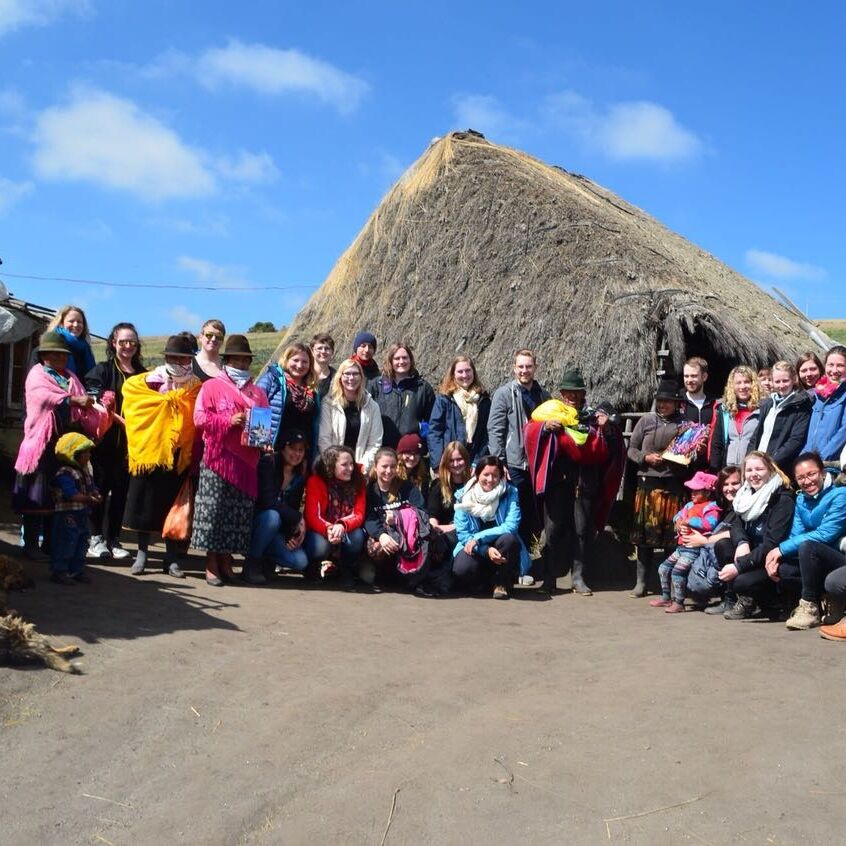
Exkursionen sind ein fester Bestandteil unseres Master-Studiengangs Tourism Development Strategies. Die Philosophie dahinter ist eine stetige und nachhaltige Verzahnung von Theorie und Praxis. Aber nicht nur eine Verbesserung der Fachkompetenz und Angebote zur Förderung des Netzwerkes unserer Studierenden werden mit einer Studienreise angestrebt, ebenso ist es eine Erweiterung des eigenen Horizontes, da oftmals Begegnungen mit ganz anderen Kulturkreisen erlebt werden.
Die stetige Interaktion mit etwa 20 Studierenden über einen Zeitraum von 10 Tagen fördert die Teamfähigkeit aller Teilnehmer. Weiterhin werden kommunikative, soziale Kompetenzen und nicht zuletzt die eigene Persönlichkeit gestärkt.
Erfahren Sie hier mehr über den Master-Studiengang Tourism Development Strategies an der Hochschule Stralsund.

